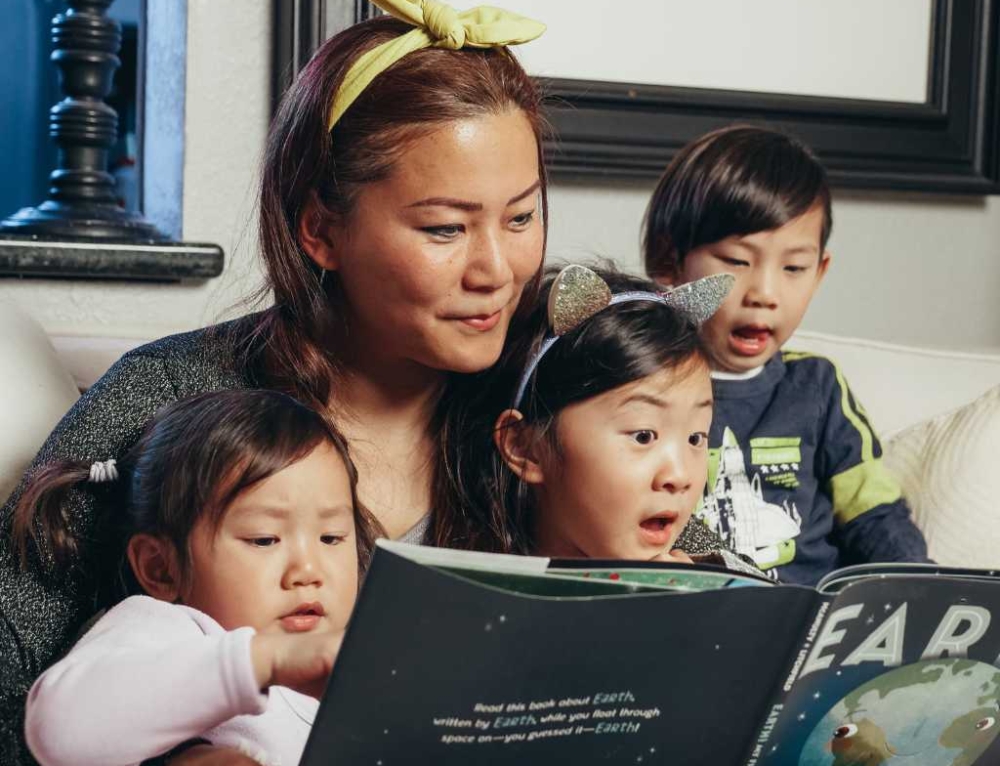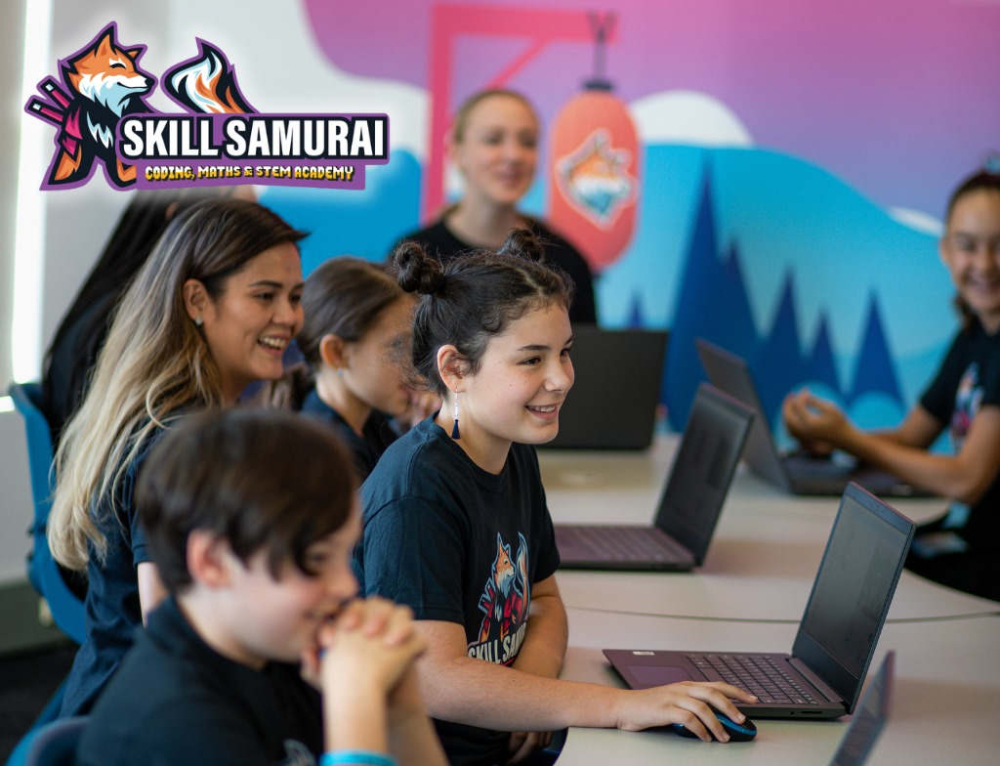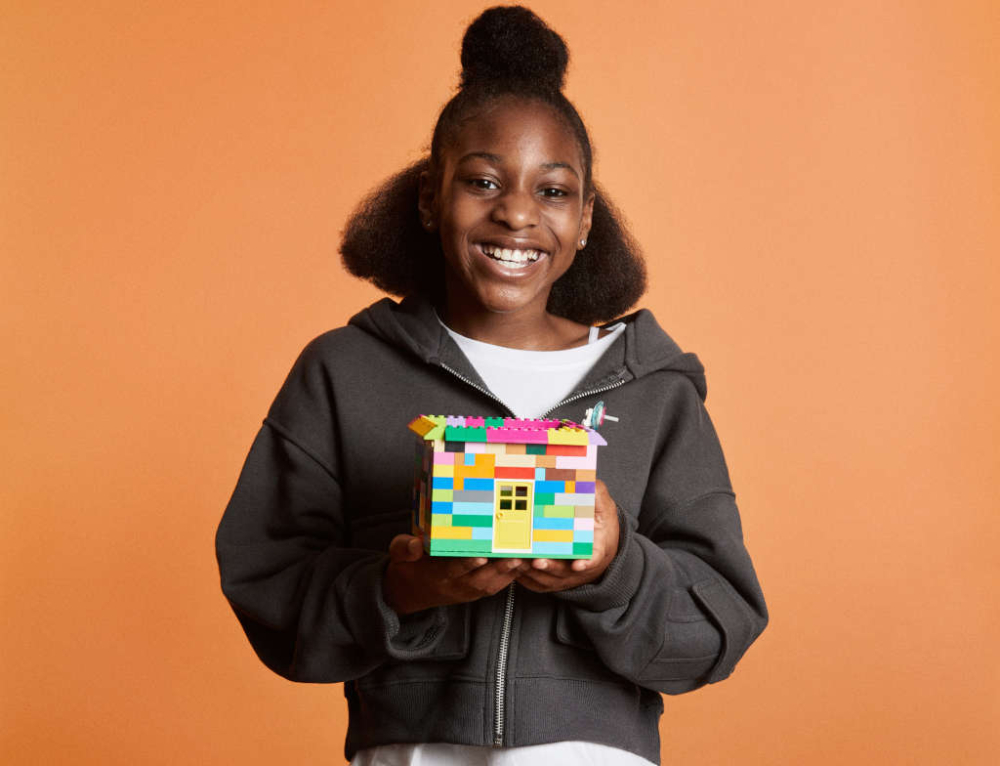When kids start walking they often appear uncoordinated and off-balance. Once they get the hang of being vertical, the muscles and ligaments in their legs and feet get stronger and work more effectively and they are off and running and before you know it!
Sometimes, however, kids experience problems with their legs and feet, which make mastering the art of walking a little more difficult.
Flat feet
Most people have an arch in the soul of their feet between their big toe and heel. This part of the foot does not touch the ground unless you are flat footed. Babies and children under the age of 2 usually have flat feet, but by the time they are 5 years old, arches will have formed. While some people remain flat footed for their entire lives, it is usually with no adverse effects, although foot and leg pain can be caused by flat feet.
Pigeon toes
When one or both feet turn inward, a child is said to be pigeon-toed (medically, this condition is called ‘intoeing’). This is commonly seen in toddlers who are learning to walk and whose balance and posture has not yet developed properly. By 5 years of age this problem has usually fixed itself. Treatment for intoeing is rarely recommended with the special shoes and braces of the past not demonstrating any particular success in fixing the condition.
Bow legs
If a child stands up straight with her feet and ankles touching, but her knees are wide apart, she probably has bow legs. This is something that usually affects very young children and is a result of being curled up in the womb for 9 months! Once your child begins to walk, her limbs begin to straighten out and by the time she hits 3 years old, the condition usually no longer exists.
Knock knees
This problem comes about when the knees touch but the ankles remain wide apart. Affecting kids mainly between the ages of 3 and 5 years old, this issue usually resolves by the time the child is 7 years old.
What if the problem doesn’t go away?
In most cases these common foot and leg problems do not require any medical intervention. If they persist into mid-late childhood, or if they have been caused by injury or infection, then your child might need to see a podiatrist to help with correct foot development.
Podiatrists may use a series of exercises to help treat a problem or some kind of brace or specially designed shoes. In older children, the use of orthotics might be necessary. Orthotics are custom-made shoe inserts which help to relieve pain or discomfort. In rare cases, surgery may be required to fix a problem.
Podiatrists can also treat other foot conditions in children such as:
- Ingrown toenails
- Foot injuries
- Foot pain
- Skin problems
- Limping
- Oddly shaped toes
How important are shoes?
A very young child learning to walk does not need to wear shoes. In fact, wearing ill-fitting shoes at this age is not good for growing feet. Going barefoot helps young children to learn balance and coordination. Shoes only become necessary after your child has been walking for a few months. It’s important to remember that children’s shoes should always:
- Be firm but not too tight
- Have good support to avoid slipping inside the shoe
- Have enough toe room to grow into but not so much that she can trip over the end of the shoe
- Have a flexible sole to allow ease of movement.
- Be professionally fitted wherever possible







Leave A Comment
You must be logged in to post a comment.